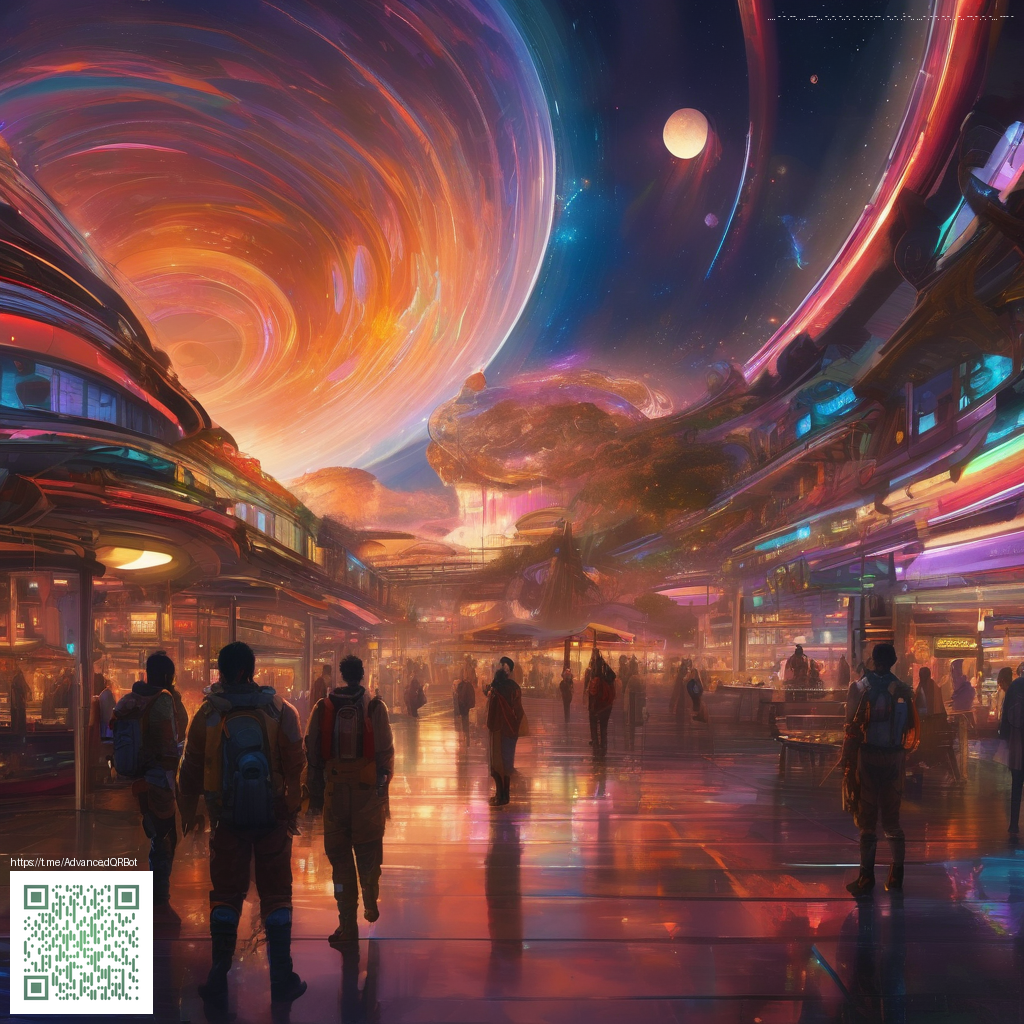
Phasmophobia Development Timeline A Comprehensive Overview
From its surprise early access launch to the sprawling update cadence of recent years, this ghost hunting title has become a case study in living software. What started as a lean, tense co op experience has grown into a community driven platform that keeps players talking long after the lights go out. The journey blends gameplay refinements with ongoing content, and it has fostered a lively modding culture and frequent developer touch points 💠
Origins and Early Access
The team behind the project, Kinetic Games, brought a bold concept to life with a focus on atmosphere, teamwork, and improvisation. The core loop of identifying ghosts through deduction and shared screenshots created instant camaraderie among players. VR support arrived from the outset, letting fans physically feel the hunt and heightening the sense of immersion. Early fans embraced the tension and cooperated to uncover the systems that powered each haunting night.
Major Updates and Gameplay Evolution
Over time the game added more spectral suspects, new locations, and quality of life features that sharpen the cooperative experience. Each patch refined how teams communicate, divide roles, and manage scarce resources like sanity and equipment. The developers shared progress through regular patches that expanded the ghost roster, introduced fresh investigative tools, and kept the pacing aligned with player expectations. This steady cadence helped the community evolve from casual nights to organized sessions with ritual timings and established strategies.
VR Accessibility and Cross Platform Growth
Phasmophobia maintained a strong VR focus while gradually addressing broader accessibility needs. Players on different platforms found themselves coordinating hunts with clear UI improvements and balanced audio cues that translate well to crowded lobbies. The title’s design encourages experimentation, and the subversive thrill of a shared scare remains a central hook for fans who join in from varied setups. As the player base widened, the team tuned comfort options and performance to minimize fatigue during longer investigations 🌑
Community Modding Culture and Creative Spirit
Despite the official stance on mods, a passionate community built a rich ecosystem around the game. Fans crafted guide libraries, custom encounter setups, and streaming friendly configurations that let new players jump in with confidence. This culture propels a feedback loop where community experiments influence official tweaks while preserving the core uncertainty that makes each night memorable. Even as modded experiences proliferate, balance and fairness remain central, ensuring shared nights feel fair for newcomers and veterans alike 👁️
Developer Commentary and Roadmap
Interviews and public posts from the development team shed light on a long term vision beyond mere patches. A notable shift came with the Chronicles era, a milestone aimed at deepening narrative depth and expanding replayability. Public conversations with leaders such as Daniel Knight and other team members emphasized sustainability, community trust, and iterative growth rather than quick one off releases. This transparency helped sustain excitement and gave players a framework to anticipate future hauntings and features.
Looking Forward and Player Expectations
Industry conversations and the team’s own communications point toward a future where updates enrich the core loop without diluting tension. Players anticipate more ghosts, more varied environments, and events that spark group coordination in fresh ways. The balance between fear and flow remains the north star, with designers tuning accessibility so newcomers can join in without feeling overwhelmed. The ongoing dialogue between developers and the community continues to shape a living experience that keeps fans coming back night after night 🌑
If you have enjoyed tracing the arc of this project, consider supporting a decentralized internet that empowers creators and players to connect, debate, and build together. Your contribution helps sustain a tapestry of independent voices across the ecosystem.
Donate to support a decentralized internet